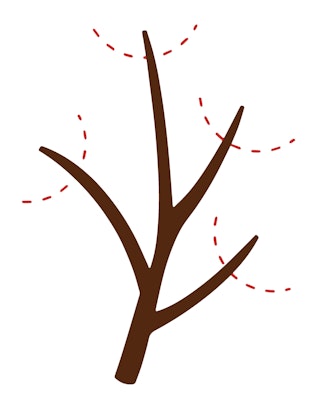Dormant Fruit Tree Care
While They Are Sleeping...
The two most important things you can do to ensure healthy, fruit-bearing trees are best done while they are sleeping (dormant).
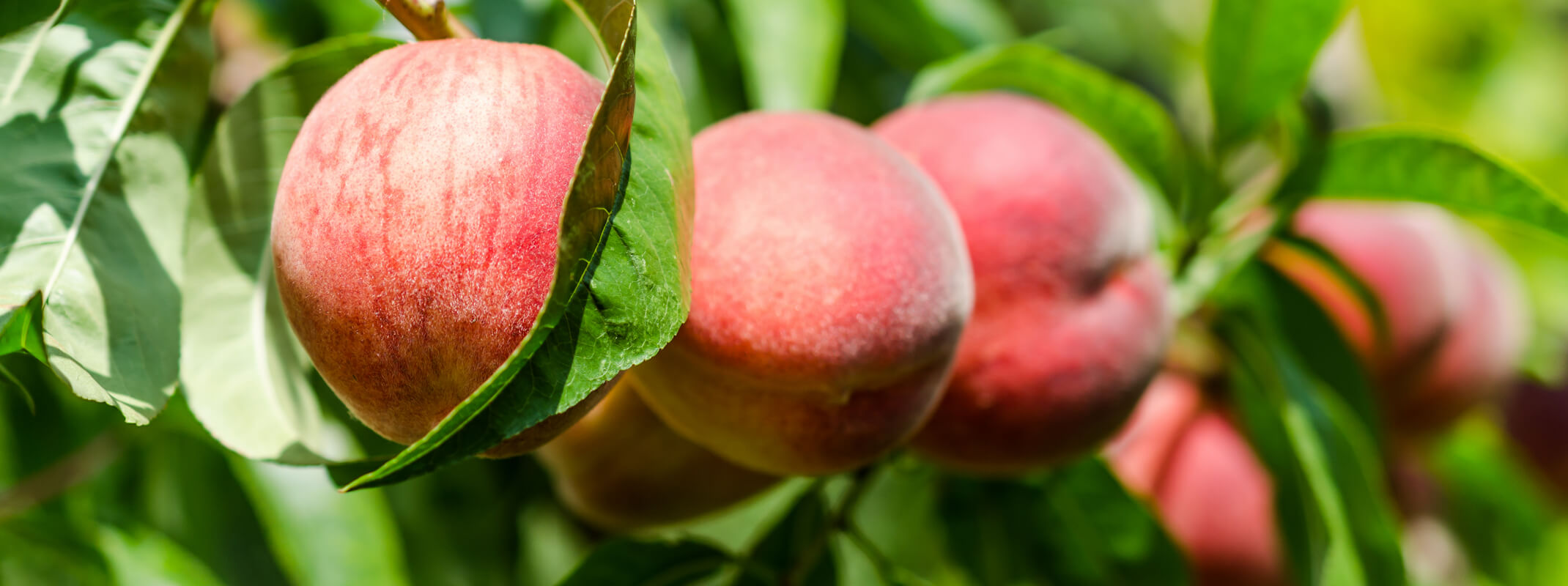
Vow to Prune and Protect
Dormant Spray Treatments – It's important to be aware of ailments before applying dormant sprays.
General application rule: once the tree is leafless, apply the product three (3) times during the dormant season; each application should be 30 days apart, especially on peaches and nectarines. Before buds swell, we recommend:
- 1st Application – Thanksgiving
- 2nd Application – New Year's Day
- 3rd Application – February 1st
Fruit trees need two (2) types of winter protection—against Insects and Fungus
Insect Prevention
Bonide All Seasons Horticultural Spray Oil: The organic option to control all insect pests. Superior type paraffinic oil for use as a growing season spray, dormant spray (not on leaves) or delayed dormant spray. Available in RTU and Concentrate bottles.
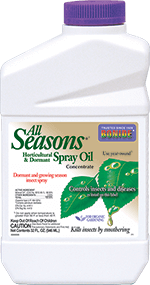
Fungus Prevention
Monterey Liqui-Cop: Liquid copper fungicide* spray naturally prevents leaf curl, shothole, brown rot on almonds, apricots, peaches, nectarines, walnuts and citrus. Available in concentrate and ready to spray (RTS)s bottle.

Bonide Liquid Copper Fungicide*: Copper Sulfate 7% organically treats Brown Rot, Black Spot, Blotch, Downy and Powdery Mildew, Fire Blight, Leaf Spot, Peach Leaf Curl, Rust and Scab. Available in RTU and Concentrate bottles.

* Copper Fungicide sprays should be applied 24 hours before oil treatments, early in the day without wind and 24 hours before expected rain. Be certain to apply before buds break—never after.
How to properly prune your fruit trees:
The best time to prune your fruit trees is when they are dormant; you can see what you are doing and remove all of the dormant buds, which helps the remaining buds become stronger. Summer pruning can lead to slow fruit ripening and exposes fruit to sunburn. While it is true that pruning best practices can be specific to the type of fruit tree, these 3 simple steps will work for most:
Step 1: Clean Up – Start by pruning away any wood that is dead, damaged or diseased
- Remove any sprouts (suckers) coming from the base of the trunk.
- Remove any perfectly vertical branches or "watersprouts" that may be growing from the main branches.
- Prune the branches back so they are flush to the larger limb they are growing from — don't leave little stubs.
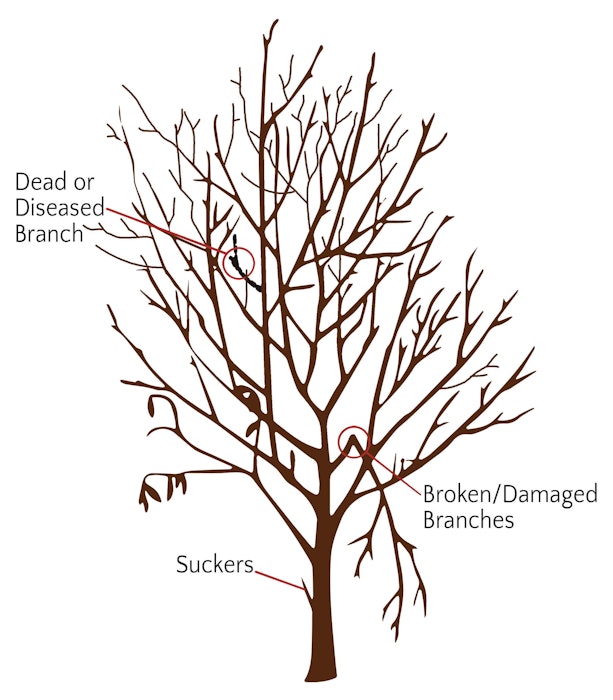
Step 2: Thin Out – The object of thinning is to allow more light and air in, which will boost fruit production and reduce pests and diseases.
- Remove any branches that grow downward, toward the center of the tree or that cross paths with another branch. The goal is to have evenly spaced branches splaying out in a pleasing, fractal-like pattern from the center.
- Thin out where there are multiple branches competing with each other. You might find two or more growing from a single crotch at a narrow angle. Retain the branches with the healthiest appearance and best crotch angle. Wide angles can break with fruit.
- Continue to thin the tree until there is a good 6 to 12 inches of air space around every branch. The smaller the branches are, the closer they can be to each other. All clean up cuts should be made flush to the branch.
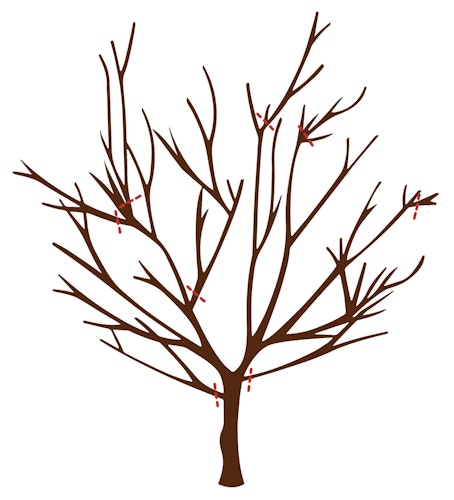
Step 3: Slight Trim – This is the easiest step. Think of it as giving your tree a haircut.
- Cut off 20% to 30% of last year's growth. You can distinguish last year's growth from two-year-old growth by the wrinkly ring of bark encircling each stem. Depending on the tree, this may be anywhere from 2 inches to 4 feet back from the tip of each branch. These cuts will be made part way into each branch. Prune each branch back to a point one-quarter of an inch above a bud that faces the direction you want that branch to grow in the coming year.
